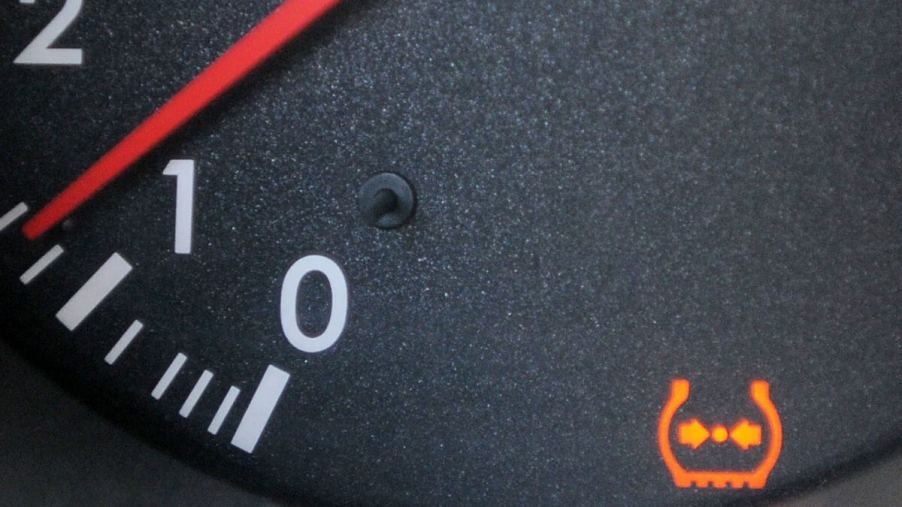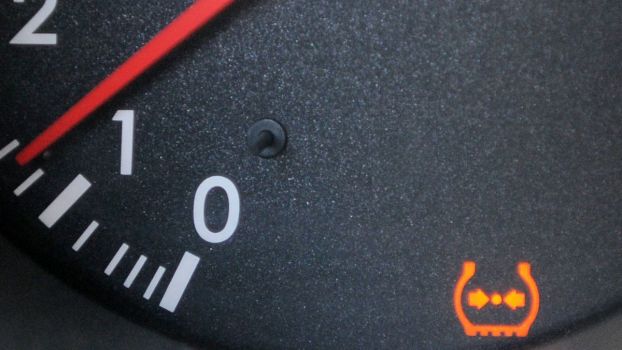
Does a TPMS Eliminate the Need for Routine Tire Pressure Checks?
If you’ve driven a 2008 or newer model car, you’ve likely seen the Tire Pressure Monitor System, or TPMS, light nestled among the other warning lights in the instrument cluster. While the TPMS monitors the pressure in your car’s tires, it doesn’t replace the need for regular inspections and maintenance. So, if you still have to check your tires, what good is a TPMS?
What is a car’s Tire Pressure Monitoring System good for?
Bridgestone Tire says the TPMS functions as an early warning device, which helps reduce the number of car crashes due to tire failure caused by low pressure. As one of the first car safety advancements toward preventing accidents, TPMS sensors actively monitor the air pressure, measured in pounds per square inch (PSI), in the car’s tires. In some vehicles, the TPMS displays the actual PSI of each tire, but other styles only illuminate the warning light whenever the system detects a tire with low air pressure.
Why does my TPMS light come on and go off a few minutes later?
While driving your car with the low tire light on is alright, you should visually ensure the tire isn’t flat or dangerously low before you go someplace to put air in it. Temperature fluctuations from warm days to cold nights can cause tire pressures to fall enough to trigger the light in cold temperatures. Your tires may look fine, and the air pressure check within a few PSI of that specified, but after you’ve driven a mile or two, the light goes off because the tires warmed up. It’s OK to admit that the little light annoys you, but that is its job, after all.
If my car has a TPMS, do I need to check my tire pressure?
Priority Tire notes that many Tire Pressure Monitoring Systems only provide a warning light when the tire pressure falls to a preset level. However, your tires require optimal PSI to perform at their best and with the longest life possible. The Drive points out that each car has a tag inside the driver’s door with the proper PSI printed on it and that you should never inflate a tire to the maximum PSI listed on the tire.
Bridgestone suggests checking your tire pressure monthly. This monthly inspection should include a thorough visual examination of your tires, looking for any bulges, cracks, or embedded objects. If you have a tire that always loses a few pounds between checks, it should go to a tire shop for further inspection.
Your car’s TPMS and monthly tire inspections work together to maintain your tires
Before the invention of the automated TPMS, people often drove on underinflated tires without knowing it, even with monthly tire inspections. The regular monthly pressure loss isn’t a big deal, but a leaking valve stem or a puncture causes dangerously low pressure in a short time. Driving on an underinflated tire reduces a car’s handling performance and could result in a tire blowout.
Your car’s TPMS monitors tire pressure to reduce the risk of driving on underinflated tires. That’s why it’s essential to pay attention to the low tire warning light anytime it comes on when you’re driving. You and your car will be safer with properly inflated tires.




